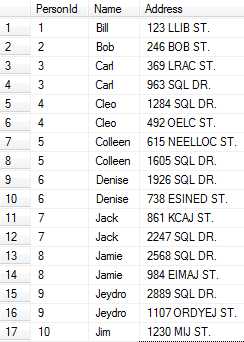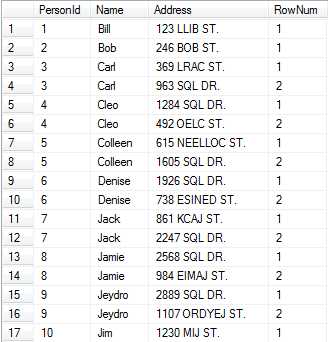Almost two years ago, in a rant titled Y Kant Developers Read?, I lamented the fact that I’m finding that less and less of my peers are reading books to gain knowledge. In the last two years, that has gotten even worse. Several programmer’s magazines/journal publishers have gone bankrupt and the book publishing industry is in the crapper. Programmers are either getting information from blogs, user groups, or conferences. Unfortunately, I fear that for the majority of programmers none of that is true. Interviewing programmers, I’ve found that most of them truly can’t code FizzBuzz or a singleton or any other fairly simple problem that I put in front of them.
Entering into the programmer learning void recently have been screencasts. I’ve long been a fan of DimeCasts (Link Removed) as a way to get introduced to a lot of different topics. I learned about (read: finally understood) Dependency Injection / Inversion of Control from DimeCasts and I think they are good people. Additionally, one way that a lot of people learned about ASP.Net MVC was from Rob Conery’s screencasts building the MVC storefront on ASP.Net (apparently – according to Rob – they’ve since been moved).

Enter TekPub. Rob Conery and James Avery started a company to produce high quality screencasts to teach programmers about topics like NHibernate with Ayende, Git, jQuery, ASP.Net MVC, Ruby on Rails, Linux, LINQ, and more. I talked my boss into buying me a year’s subscription and I am EXTREMELY pleased with how he spent the money 😉 They offer streaming video as well as downloads in standard and iPhone format. I’ve watched probably at least 15 screencasts so far and I have learned a LOT. I keep several videos on my phone and whenever I have spare time, I watch a few minutes.
Steve Sanderson’s MVC 2 screencasts are exceptionally money. I wish I had the words to explain the kinds of lights of understanding that went off in my head after watching these videos. They alone are worth the price of admission. But, they aren’t alone… I got a lot out of Justin Etheredge’s LINQ series as well as Rob’s “Build Your Own Blog” stuff. If your employer has any kind of training budget, you should get them to drop the $200.00 yearly subscription fee for you. Neither of you will regret it. In fact, even if they don’t, you should truly consider investing the $200.00 in your own future.


